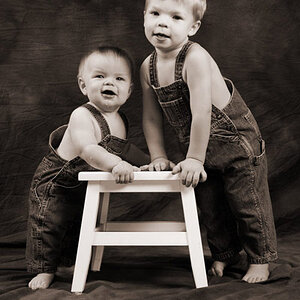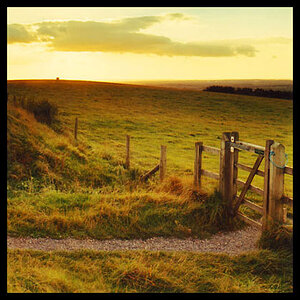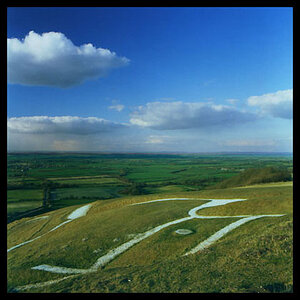amberl
TPF Noob!
- Joined
- Jul 20, 2010
- Messages
- 53
- Reaction score
- 0
- Location
- South Beloit, Illinois
- Can others edit my Photos
- Photos OK to edit
What are the benefits of shooting your photography in the RAW format?
I have no idea if it matters but I have the Canon Rebel XSI
I have no idea if it matters but I have the Canon Rebel XSI


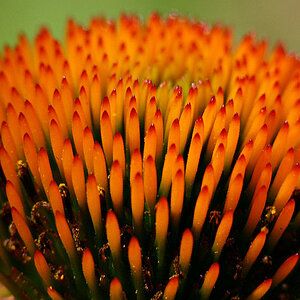
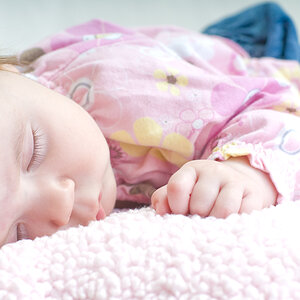
![[No title]](/data/xfmg/thumbnail/31/31755-9bffabfa76f6307bcd78f535b2421cb5.jpg?1619734993)
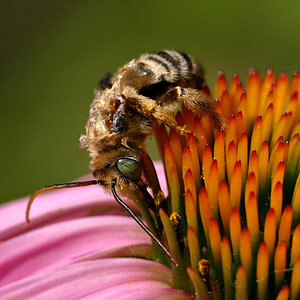

![[No title]](/data/xfmg/thumbnail/42/42326-1e75ade9716f7e863d85def8d13cf591.jpg?1619740127)
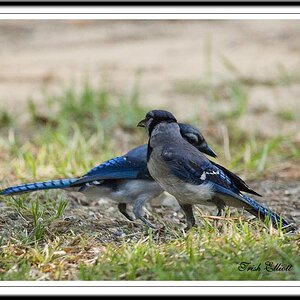
![[No title]](/data/xfmg/thumbnail/32/32805-61ca9a4fb87d37c0ef4f991ac1705e1f.jpg?1619735667)
